
LANCE Ultra Anti-2-methyl K36 Histone H3 Eu-Antibody, 10 µg
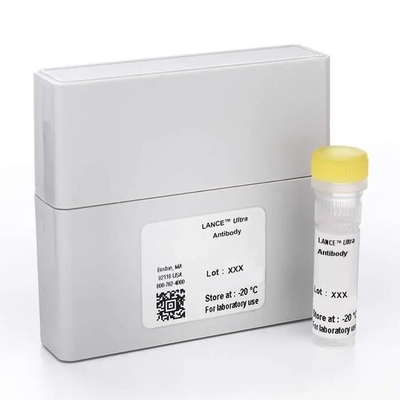
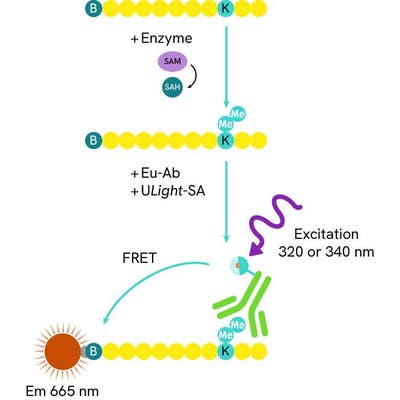
LANCE Ultra Anti-2-methyl K36 Histone H3 Eu-Antibody, 10 µg
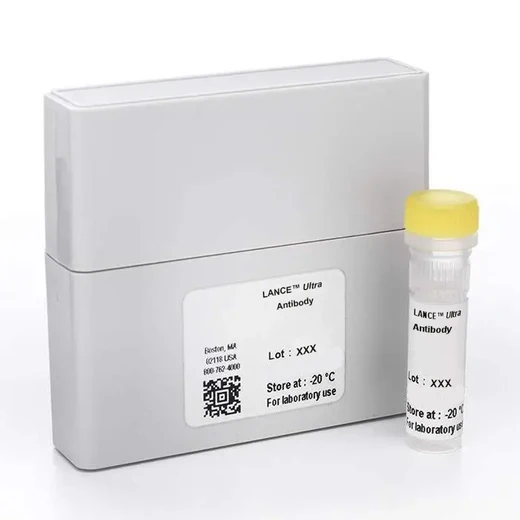
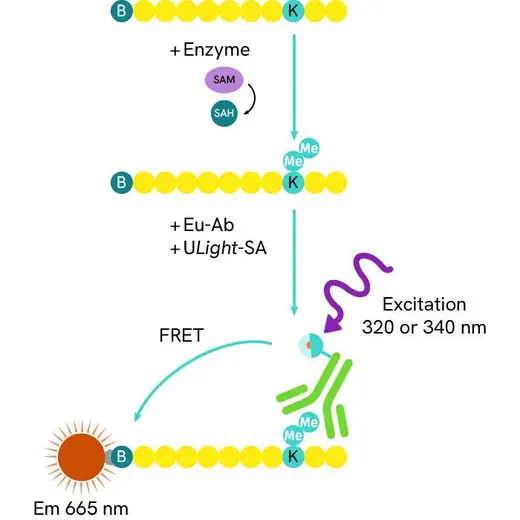


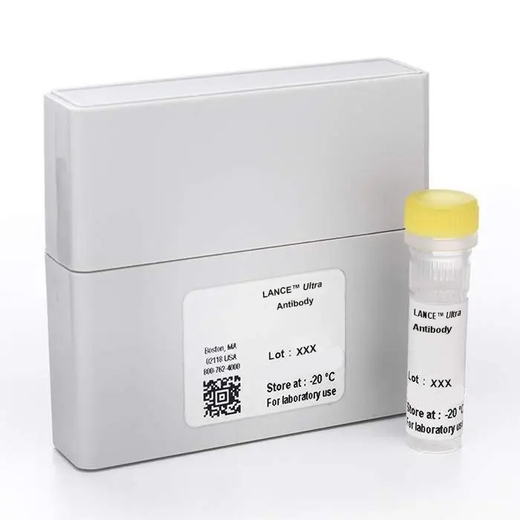
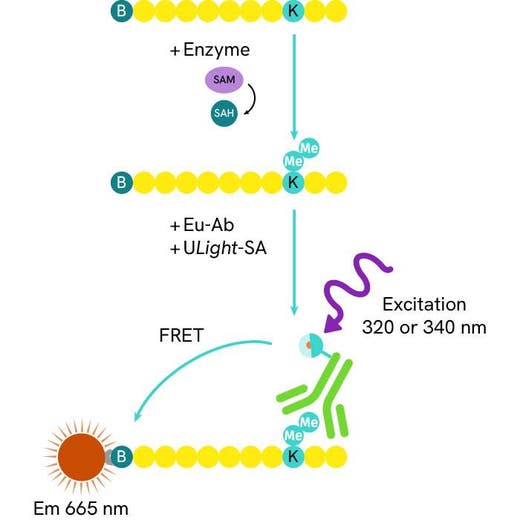


Europium-labeled monoclonal antibody recognizing human Histone H3 di-methylated at lysine 36 (H3K36me2). For use in LANCE® Ultra epigenetic writer and eraser assays.
For research use only. Not for use in diagnostic procedures. All products to be used in accordance with applicable laws and regulations including without limitation, consumption and disposal requirements under European REACH regulations (EC 1907/2006).
| Feature | Specification |
|---|---|
| Application | Biochemical Enzymatic Assay |
Europium-labeled monoclonal antibody recognizing human Histone H3 di-methylated at lysine 36 (H3K36me2). For use in LANCE® Ultra epigenetic writer and eraser assays.
For research use only. Not for use in diagnostic procedures. All products to be used in accordance with applicable laws and regulations including without limitation, consumption and disposal requirements under European REACH regulations (EC 1907/2006).




LANCE Ultra Anti-2-methyl K36 Histone H3 Eu-Antibody, 10 µg




LANCE Ultra Anti-2-methyl K36 Histone H3 Eu-Antibody, 10 µg




Product information
Overview
The LANCE® Ultra Europium-anti-di-methyl-Histone H3 Lysine 36 (H3K36me2) antibody was used for the development and optimization of a JMJD2a demethylase assay using a biotinylated Histone H3 (21-44) peptide tri-methylated at lysine 36 as substrate. A technical note describing the assay is available in our product literature.
Formats:
- 10 µg = 1,500 assay points (384-well assay format)
- 100 µg = 15,000 assay points (384-well format)
Proven, cost-efficient LANCE Ultra reagents can be used to quantitate peptide modifications, detecting specific meythylation and acetylation states. No wash, homogenous LANCE Ultra reagents are HTS friendly - design your own epigenetics screening strategy for greatest efficiency.
Epigenetic enzymatic assays are optimized using a biotinylated histone H3-derived peptide as substrate. The modified peptide is captured by the Eu-labeled antibody (Ab) and ULight-Streptavidin (SA) which bring the Eu donor and ULight acceptor dye molecules into close proximity. Upon irradiation at 320 or 340 nm, the energy from the Eu donor is transferred to the ULight acceptor dye which, in turn, generates light at 665 nm. The intensity of the light emission is proportional to the level of biotinylated substrate modification.
Specifications
| Application |
Biochemical Enzymatic Assay
|
|---|---|
| Automation Compatible |
Yes
|
| Brand |
LANCE Ultra
|
| Conjugates |
Anti-H3K36me2
|
| Detection Modality |
LANCE
|
| Fluorophore |
Eu-W1024
|
| Molecular Modification |
Methylation
|
| Product Group |
Antibody
|
| Shipping Conditions |
Shipped in Dry Ice
|
| Target Class |
Epigenetics
|
| Technology |
TR-FRET
|
| Therapeutic Area |
Oncology
|
| Unit Size |
10 µg
|
Resources
Are you looking for resources, click on the resource type to explore further.
Epigenetic modifications in cancer
The field of epigenetics has revealed revolutionary methods for understanding heredity...
LANCE™ Ultra TR-FRET is a no-wash proximity assay technology that combines the benefits of time resolution (TR) with fluorescence...


How can we help you?
We are here to answer your questions.






























